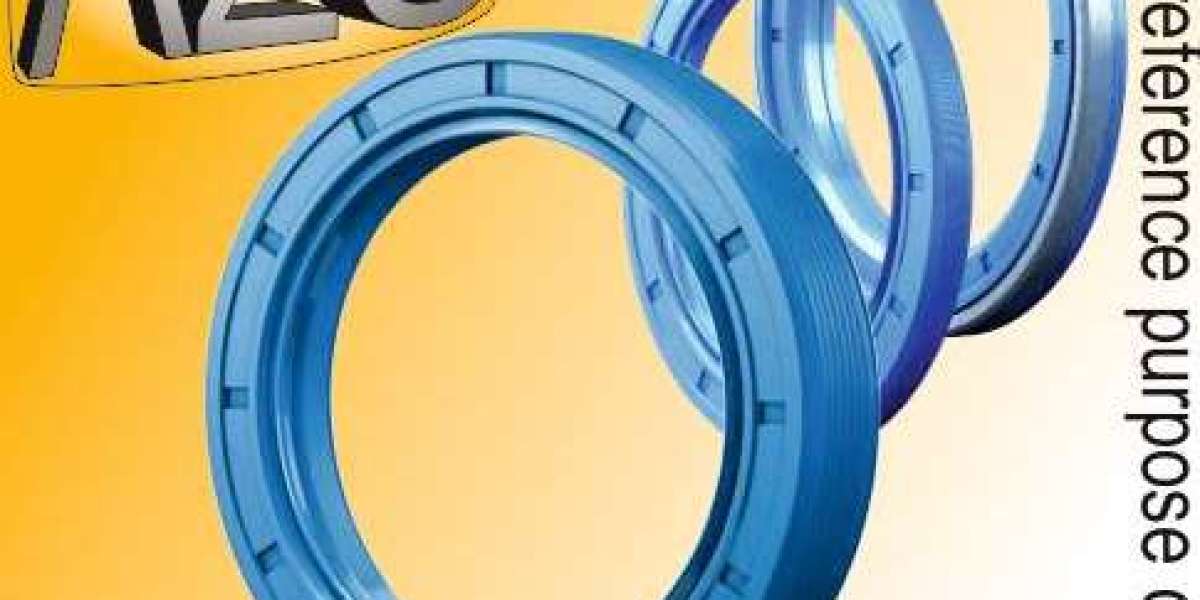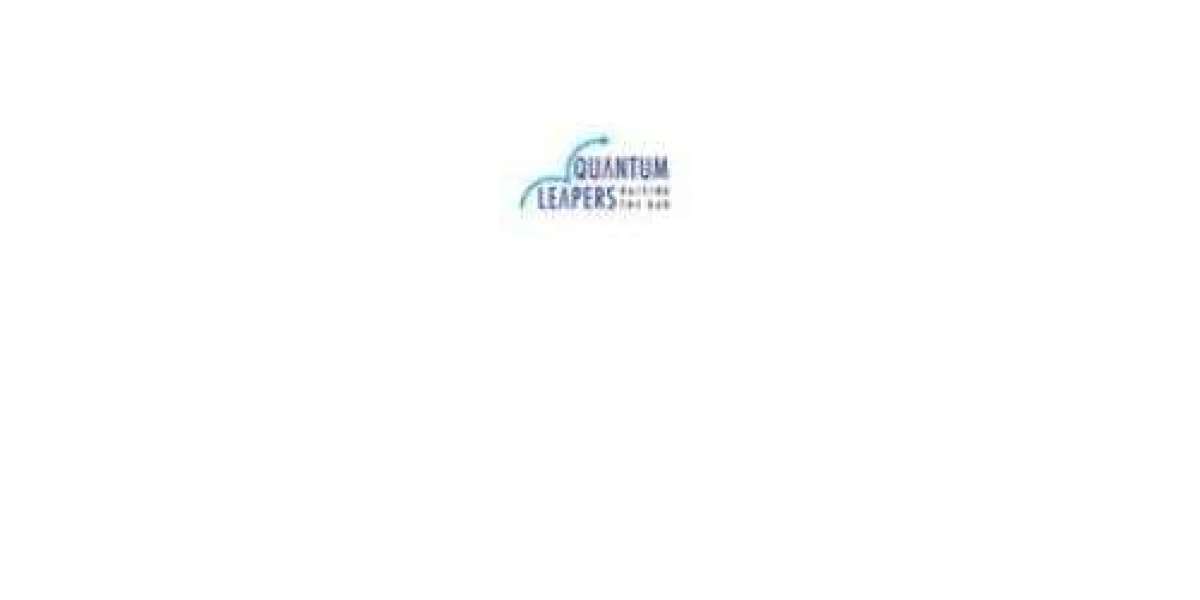In some cases, standard off-the-shelf seals may not meet the specific requirements of unique or specialized applications. Custom seal solutions are designed to address the distinct challenges posed by these applications. Here's an overview of considerations and steps involved in developing custom seal solutions:
Application Analysis:
- Begin by conducting a thorough analysis of the application. Identify the specific conditions, requirements, and challenges that standard seals may not adequately address. Consider factors such as temperature, pressure, fluid compatibility, motion type (rotary or reciprocating), and environmental conditions.
Material Selection:
- Choose materials that are tailored to the specific demands of the application. Consider the chemical compatibility, temperature resistance, and mechanical properties required for the custom seal. Specialized materials, such as high-performance elastomers or thermoplastics, may be selected based on the unique conditions of the application.
Design Customization:
- Modify the seal design to suit the unique requirements of the application. This may involve adjusting the geometry, incorporating additional features, or implementing specialized sealing elements. The design customization process should aim to optimize performance, durability, and reliability under the specific operating conditions.
Prototype Development:
- Develop prototypes of the custom seal design for testing and validation. Prototyping allows engineers to assess the performance of the seal in a real-world environment, identify potential issues, and refine the design as needed. It also provides an opportunity for verification against application-specific requirements.
Testing and Validation:
- Subject the custom seal prototypes to rigorous testing to ensure they meet or exceed the performance expectations. Testing may include assessments for leakage rates, pressure resistance, temperature stability, wear resistance, and compatibility with the operating fluids. Validation ensures that the custom seals perform reliably in the intended application.
Iterative Design Process:
- Based on the results of testing and validation, engage in an iterative design process to make necessary improvements or adjustments. This may involve refining the seal geometry, selecting alternative materials, or incorporating additional features to enhance performance.
Collaboration with Seal Manufacturers:
- Collaborate with seal manufacturers or suppliers experienced in custom solutions. They can provide valuable insights, materials expertise, and manufacturing capabilities necessary for the successful development of custom seals. Work closely with manufacturers to ensure that the custom seal meets quality standards and is manufacturable at scale.
Consider Environmental and Regulatory Compliance:
- Ensure that custom seal solutions comply with relevant environmental regulations and industry standards. This is particularly important in applications where specific certifications or approvals are required. Custom seals should meet safety and compliance standards applicable to the industry or region.
Documentation and Record Keeping:
- Maintain detailed documentation throughout the development process, including design specifications, test results, and any modifications made to the custom seal. This information is valuable for ongoing maintenance, troubleshooting, and future iterations of the seal design.
Lifecycle Considerations:
- Take into account the expected lifecycle of the custom seal solution. Consider factors such as maintenance requirements, replacement intervals, and the overall cost of ownership. Design the custom seal with longevity and ease of maintenance in mind.
Post-Installation Monitoring:
- After implementing custom seal solutions in the field, monitor their performance over time. Implement post-installation checks and maintenance routines to ensure that the custom seals continue to meet the demands of the application.
Custom seal solutions are particularly beneficial for industries with unique operating conditions, specialized equipment, or stringent performance requirements. The collaborative effort between engineers, seal manufacturers, and end-users is essential to develop effective custom seals that address the specific challenges of each application.
See more








